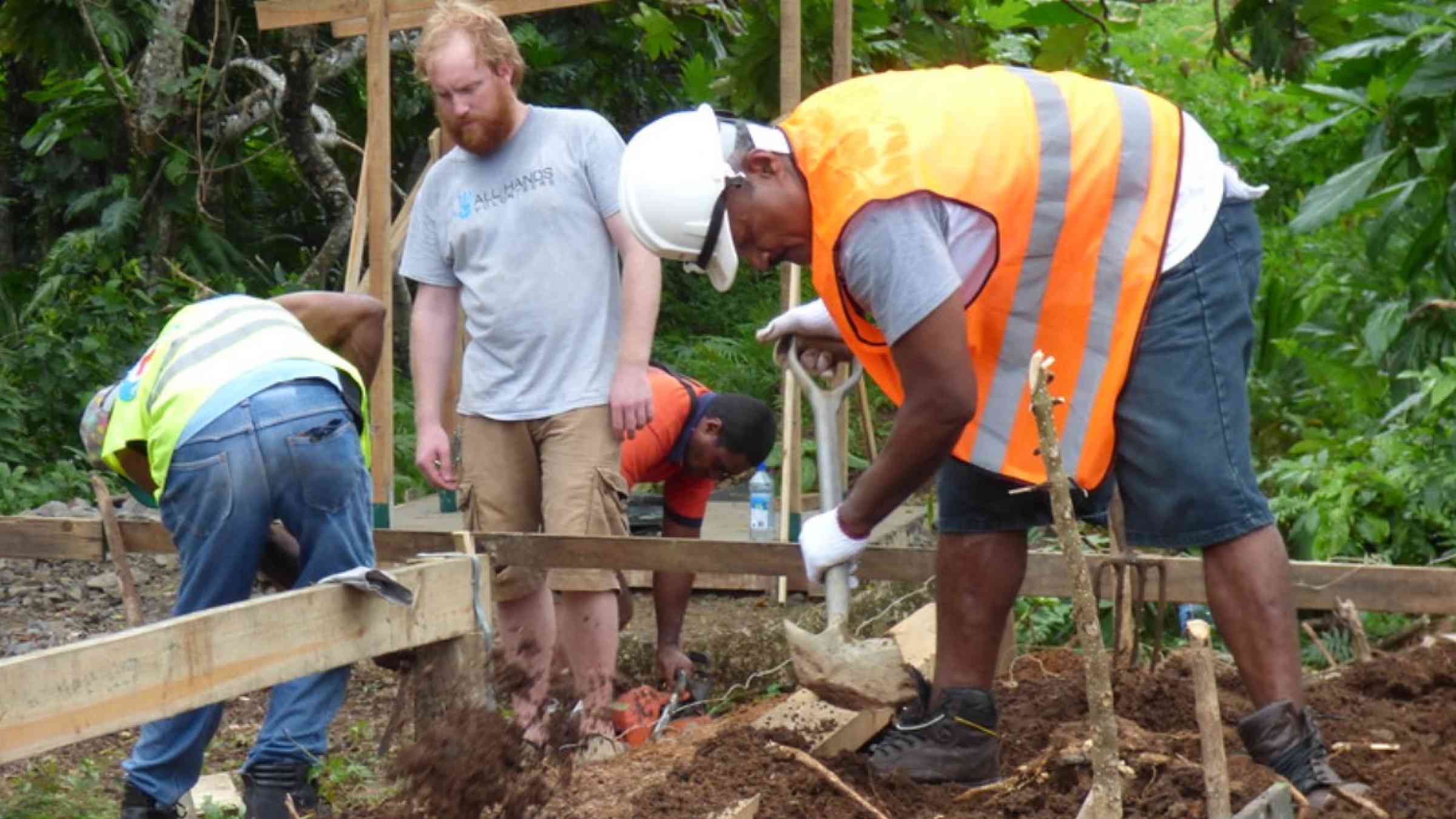Five ways communities are adapting to the climate crisis

This year, humanity came face to face with an ever-worsening climate crisis, as wildfires, storms and floods caused devastation around the world.
Countries must dramatically scale up their efforts to adapt to this new climactic normal, say experts. Developing nations alone need $215 billion to $387 billion to contend with the fallout of climate change, found UNEP’s Adaptation Gap Report 2023, released earlier this month.
While current spending is only a fraction of that total, there are some rays of hope. From Cambodia to Peru, a suite of innovative projects are helping communities weather a range of climate-related perils. Here is a closer look at five of those efforts.
Ecosystem-based adaptation in Cambodia
Rice production accounts for about half of Cambodia’s national agricultural output, meaning the country is heavily reliant on it for both food security and economic stability. However, the climate crisis is causing extreme droughts and floods in the country, potentially destroying vital crops. Economic and institutional challenges, such as poor irrigation infrastructure, are further compounding climate impacts.
A UNEP-led project has distributed drought-tolerant rice seeds to vulnerable households and presented improved rice storage techniques. The project also restored 1,875 hectares of degraded forests by planting 900,000 trees around paddy field boundaries. The reintroduction of trees bolstered soil productivity, curbed erosion aggravated by extreme rainfall and improved the productivity of 2,200 hectares of rice paddies.
A new approach to adaptation finance
Adaptation investments do not always require grant financing or compensation to be financially viable, experts say. By providing expertise and mentorship, an initiative run by the Private Finance Advisory Network a global grouping of climate financing experts – helps adaptation projects overcome barriers and facilitate private adaptation investments. The network has partnered with Canada’s International Development Research Centre and has so far received 477 business proposals seeking equity investment for climate adaptation projects in sectors including agriculture, water and sanitation, microfinance, and ecosystem services. The project tests impact investor appetite to fund adaptation projects and also helps build capacity among both developers and investors.
Planned relocation in Fiji
Sea-level rise and extreme weather events, such as cyclones, threaten the existence of scores of coastal communities in the Pacific island nation of Fiji. To protect its people, the country has developed an innovative financing mechanism to support the relocation of 676 coastal communities, including 42 by the end of the decade. The project illustrates the importance of liaising with affected communities and ensuring all agencies involved in this undertaking work together in a coherent fashion while drawing upon lessons learnt from earlier relocations.
Protecting mountain ecosystems in Peru
The Glaciares+ project in Peru focuses on the conservation of high mountain ecosystems responsible for the regulation, storage and provision of water for consumption and irrigation across the country. Glaciares+ integrates local and Indigenous knowledge into risk and water resources management while building coalitions between the communities and public, private and academic institutions. The project has improved the disaster risk management capacity of regional governments and their knowledge of climate risks and opportunities. It also helped generate finance for several projects, including new early warning systems for landslides that have already benefitted nearly 70,000 people.
Early warning systems in the Caribbean
In the Caribbean, mild temperatures and isolated storms have given way to extreme weather patterns: droughts followed by destructive hurricanes, flooding and landslides. Changing temperatures and rainfall patterns in the region have increased the risk of mosquito-borne diseases, with dengue fever outbreaks now occurring every one-to-three years instead of in 7– to 10-year cycles. To tackle these issues, the Caribbean Public Health Agency and its partners are developing national food and water safety plans, sharing quarterly climate-related health bulletins and piloting climate-integrated early warning health systems. These measures can help forecast infectious disease outbreaks such as dengue up to three months in advance. The agency’s interdisciplinary approach has supported health vulnerability and adaptation assessments across eight Caribbean countries.